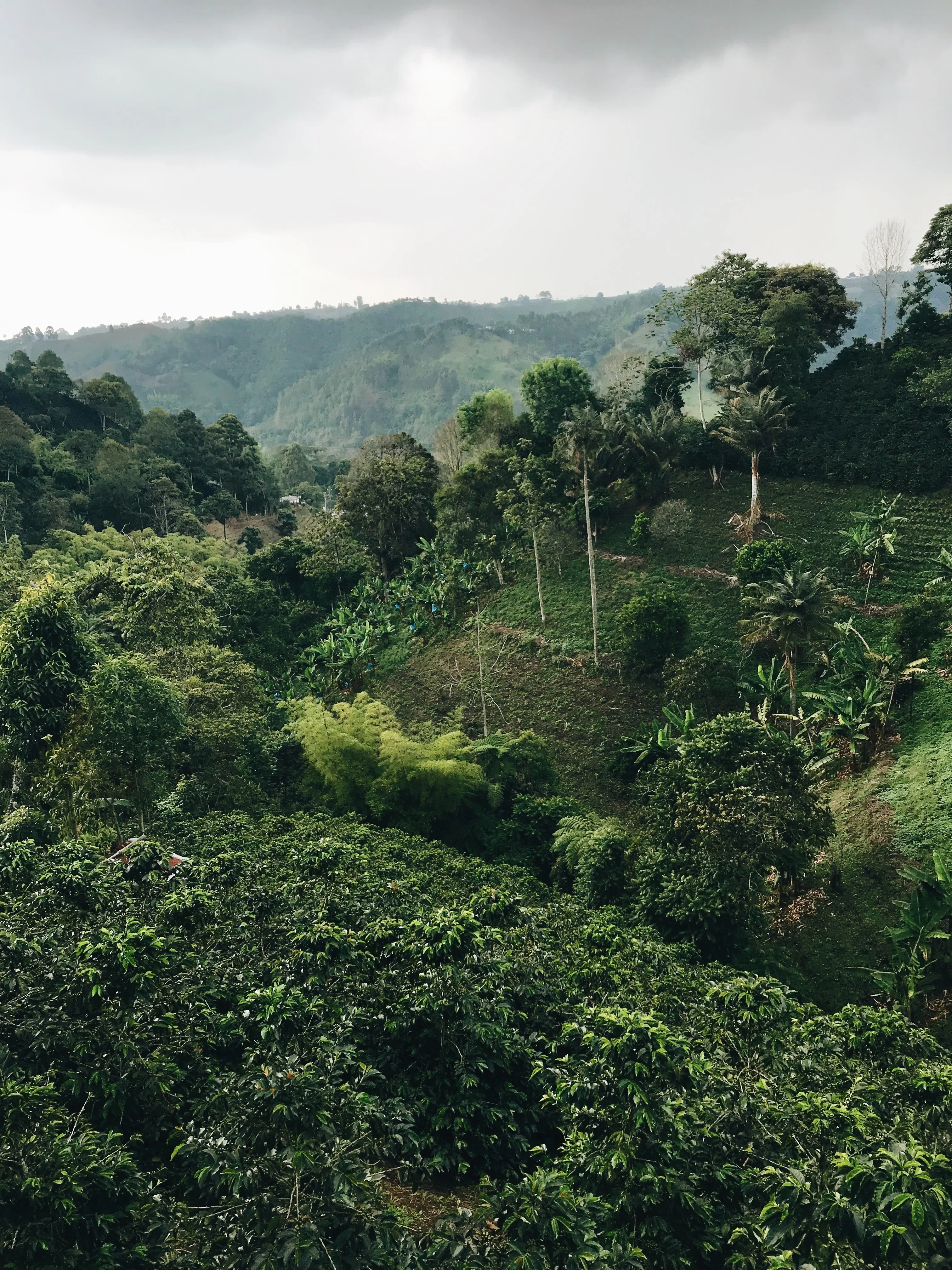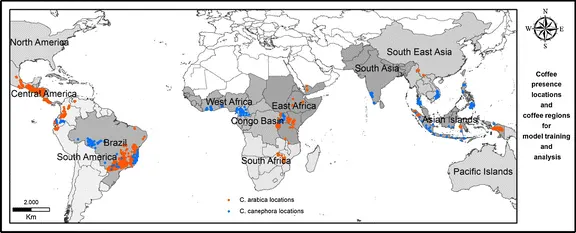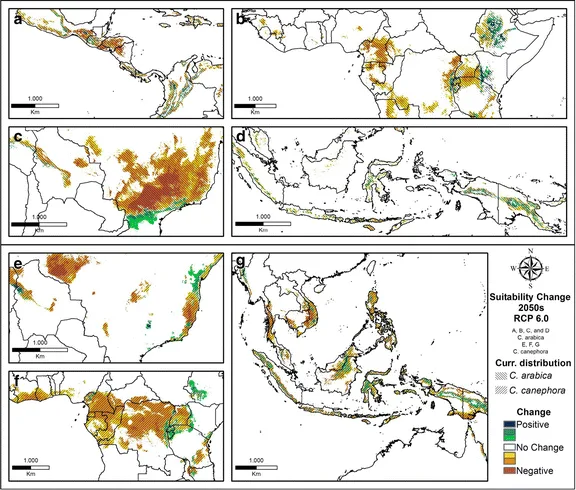
Climate Change putting a big dent in global coffee production
Rising global temperatures are having a serious effect on some of the world's traditional sources of coffee.
Climate Change is affecting coffee production around the world, and one of the most affected countries is Colombia.
The South American nation, a leading exporter of prime Arabica coffee, has lost close to 40,000 hectares of coffee plantation land in the last 18 months, representing more than four per cent of the country's total acreage used for coffee cultivation. According to Colombia's National Federation of Coffee Growers (Fedecafé), since the 1990s the amount of land used for coffee cultivation has shrunk by 20 per cent, and the decline is likely to accelerate in the coming years.
Part of this production decrease has been labour-related, as younger workers have migrated to higher-paying jobs in the cities, but lately, there has been growing concern that changing climate in the region is also behind the lower production.
Colombia's National Center for Coffee Research (Cenicafé) has been monitoring the climate in a variety of coffee zones located at different elevations. Comparing pre-1980 average temperatures to recent years (2006 to 2017 average), a clear increase of around 1.2°C has been observed.

Coffee growing areas of South America are struggling to stay ahead of the effects of climate change.
According to a group of agronomists led by Dr. Peter Baker, the Colombian mountain region where coffee is grown is warming at a rate of 0.3°C per decade. Cloud cover increase in the region has also caused solar radiation to decrease by 19 per cent. The lower radiation values are insufficient to sustain high levels of coffee production in some of the plantations. The more constant, long-lasting cloud cover is also keeping overnight low temperatures much higher than in the past, raising average temperature values.
In terms of elevation, the results from Baker's studies suggest that the lower limit of optimal coffee-growing elevations has risen about 200 meters in the last 40 years. Cenicafé publications from the 1970s onwards refer to the coffee-growing zones as those located between 1,000 and 2,000 meters above sea level, with optimal production between 1,250 meters and 1,600 meters. But recent warming has driven the optimal growing range up to the 1,450 to 1,800-meter mark.
Detecting rainfall anomalies is harder because there is more noise in the climate record. Colombia, however, is becoming wetter, and many of the precipitation events are becoming more erratic, with frequent heavy downpours. Researchers think these anomalous patterns are likely to have some impact on production as well.
Temperature and sunlight are key factors for coffee growth, and in general terms, it seems that across much of Colombia's coffee country, anomalous environmental conditions are limiting production considerably. During some of the most recent years, maximum obtainable yields may have been reduced by as much as 50 to 60 per cent.

Small local coffee farmers around Colombia are aware that production is at the mercy of global weather patterns. El Niño and La Niña have for years shaped the quality of coffee production seasons in the region, but that signal of natural climate variability comes and goes. Today's variability, however, is mainly due to an anthropogenic (human-caused) climate signal, one that is here to stay and that can put a significant dent in Colombia's future coffee production.

In an attempt to save Colombia's world-renowned coffee production, Fedecafé is funding research to help the region's coffee growers survive in the coming decades. New technology is helping develop new tree varieties that are resistant to pests, but are also more adaptable to future climate patterns.
A few years ago, a report published in the journal Climatic Change, concluded that "climate change would reduce the global area suitable for coffee growth about 50 per cent across different emission scenarios." Experts urge that more funding is needed to conduct better science so that coffee can be adapted to climate change on a country-by-country basis. Colombia is leading the way, but much more needs to be done in this race to adapt to our current climate crisis.











